Japan space firm postpones second attempt at orbit
Saturday, 14 December 2024 10:30This request seems a bit unusual, so we need to confirm that you're human. Please press and hold the button until it turns completely green. Thank you for your cooperation!
Press and hold the button
If you believe this is an error, please contact our support team.
185.132.36.159 : ebdf4f4c-2a09-45e1-860b-392a3dda
Rivada brushes off regulatory setback for proposed broadband constellation
Friday, 13 December 2024 22:09

China launches “laser diamond constellation test” satellites
Friday, 13 December 2024 19:00
Trump’s second term can achieve the bipartisan goal of resilient satellites
Friday, 13 December 2024 13:00
Experts invited to Quantum Satellites Network symposium
Friday, 13 December 2024 12:07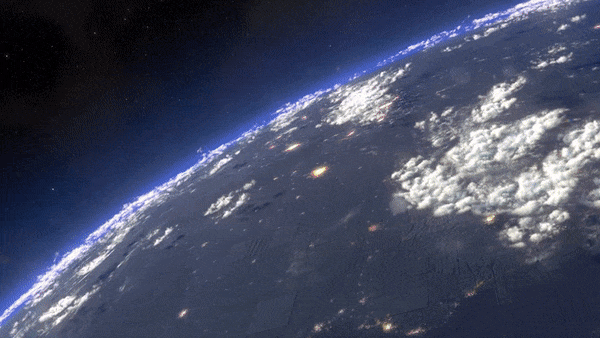
The European Space Agency (ESA) and the Austrian Research Promotion Agency (FFG) are hosting a symposium to explore space-based solutions for global quantum networks.
Virgin Galactic signs agreement to study suborbital spaceflights from Italian spaceport
Friday, 13 December 2024 09:28

Join ESA FutureNAV Industry Day 2025
Friday, 13 December 2024 08:04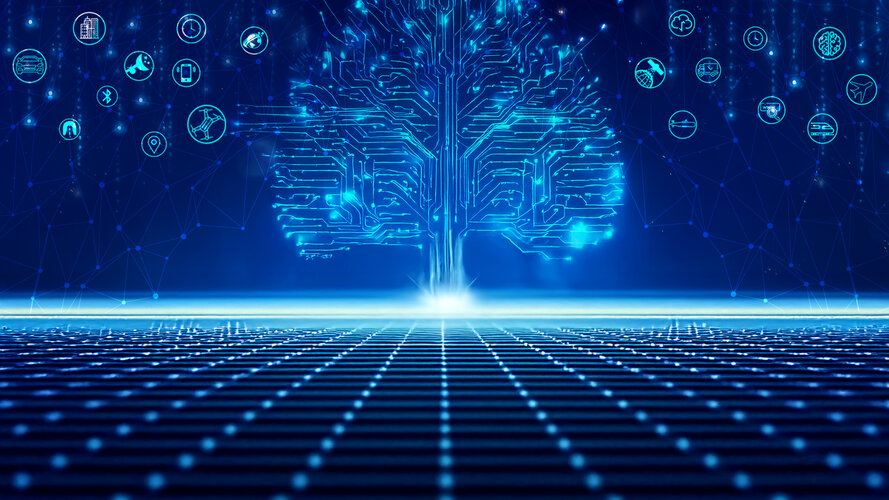
The first FutureNAV Industry Day, on 18 February 2025, will bring together European stakeholders in satellite navigation to explore the future of positioning, navigation and timing (PNT) technologies. This gathering will spotlight emerging opportunities and foster a network of European companies in the PNT and GNSS sector. Don't miss this chance - secure your spot by registering here.
NASA's crew capsule had heat shield issues during Artemis I
Friday, 13 December 2024 08:02 Off the coast of Baja California in December 2022, sun sparkled over the rippling sea as waves sloshed around the USS Portland dock ship. Navy officials on the deck scrutinized the sky in search of a sign. The glow appeared suddenly.
A tiny spot at first, it gradually grew to a round circle falling at a great speed from the fringes of space. It was NASA's Orion capsule, which would soon en
Off the coast of Baja California in December 2022, sun sparkled over the rippling sea as waves sloshed around the USS Portland dock ship. Navy officials on the deck scrutinized the sky in search of a sign. The glow appeared suddenly.
A tiny spot at first, it gradually grew to a round circle falling at a great speed from the fringes of space. It was NASA's Orion capsule, which would soon en Earth from Space: Jakobshavn Glacier, Greenland
Friday, 13 December 2024 08:00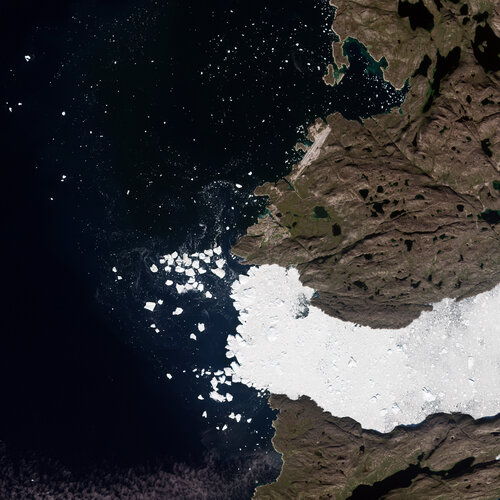 Image:
These summer images from the Copernicus Sentinel-2 and Sentinel-1 missions showcase different satellite views of Greenland’s west coast.
Image:
These summer images from the Copernicus Sentinel-2 and Sentinel-1 missions showcase different satellite views of Greenland’s west coast. ESA and Nokia demonstrate advanced AI applications with space-enabled 5G
Friday, 13 December 2024 08:00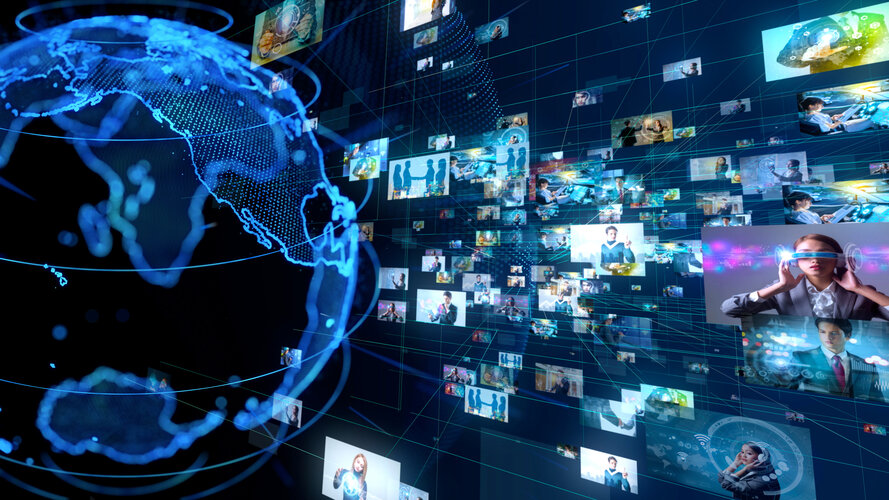
ESA and Nokia have successfully demonstrated how advanced artificial intelligence (AI) combined with space-enabled 5G networks can perform unprecedented real-time activities – from early wildfire detection to remote infrastructure inspection and immersive multimedia experiences in rural areas.
Growing a business: from apps to software for space on Proba-3
Friday, 13 December 2024 07:55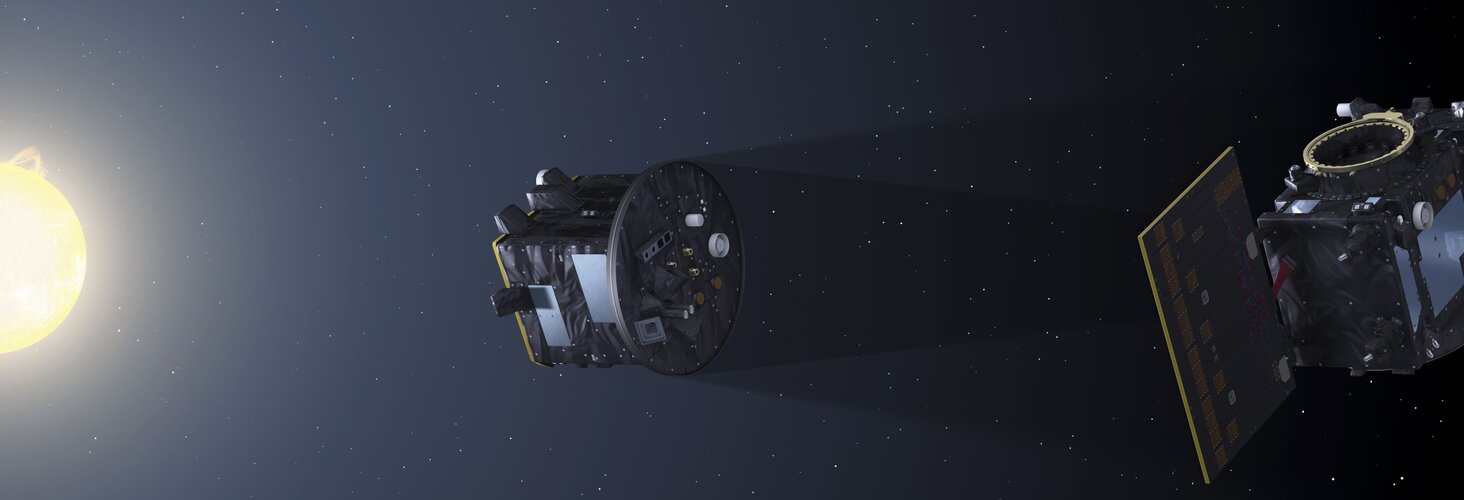
A key element of ESA’s role as Europe’s space agency is the expansion of space knowhow, by encouraging new actors into the field. Case in point: a Polish software company previously specialising in smartphone apps took on the challenge of designing the operating system for the main instrument of Proba-3 – an ambitious double spacecraft mission to reveal secrets of the Sun’s fiery atmosphere, the corona.
NASA's crew capsule had heat shield issues during Artemis I - an aerospace expert on these critical spacecraft components
Friday, 13 December 2024 07:51 Off the coast of Baja California in December 2022, sun sparkled over the rippling sea as waves sloshed around the USS Portland dock ship. Navy officials on the deck scrutinized the sky in search of a sign. The glow appeared suddenly.
A tiny spot at first, it gradually grew to a round circle falling at a great speed from the fringes of space. It was NASA's Orion capsule, which would soon en
Off the coast of Baja California in December 2022, sun sparkled over the rippling sea as waves sloshed around the USS Portland dock ship. Navy officials on the deck scrutinized the sky in search of a sign. The glow appeared suddenly.
A tiny spot at first, it gradually grew to a round circle falling at a great speed from the fringes of space. It was NASA's Orion capsule, which would soon en ESA to collaborate with ISRO on Gaganyaan missions
Friday, 13 December 2024 07:51 On December 4, 2024, the European Space Agency (ESA) and the Indian Space Research Organisation (ISRO) formalized an agreement that establishes ESA's support for India's Gaganyaan human spaceflight program. This collaboration will leverage ESA's ground station capabilities to aid ISRO's ambitious mission to send humans into space.
Gaganyaan is India's inaugural human spaceflight initiative
On December 4, 2024, the European Space Agency (ESA) and the Indian Space Research Organisation (ISRO) formalized an agreement that establishes ESA's support for India's Gaganyaan human spaceflight program. This collaboration will leverage ESA's ground station capabilities to aid ISRO's ambitious mission to send humans into space.
Gaganyaan is India's inaugural human spaceflight initiative 




